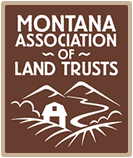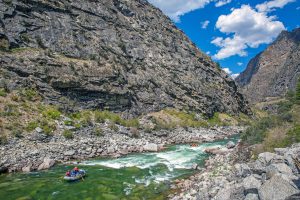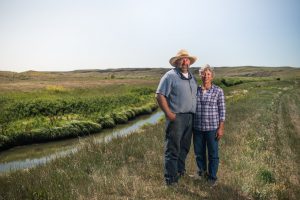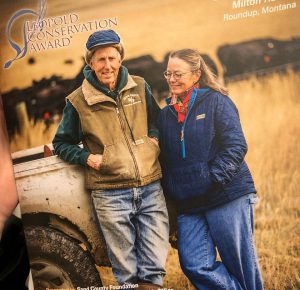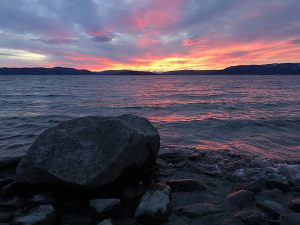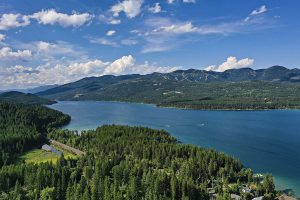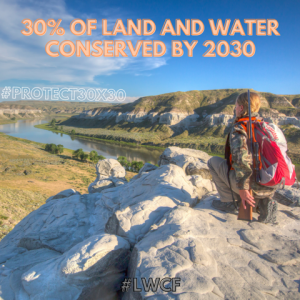The successful cooperative conservation efforts by The Trust for Public Land and a group of conservation, timber industry, and public agency partners in northwestern Montana are featured in a terrific article in the Flathead Beacon.
The article covers western Montana forestland ownership and conservation for the past couple decades, but focuses on the conservation, forest health, and outdoor recreation results since Southern Pine Plantations bought 630,000 acres of Weyerhaeuser land in late 2019. Back in 2019, there was widespread concern about SPP’s land management intentions and potential impacts of the sale on western Montana ’s culture and economy.
“A collective shudder ran down all our spines, not just for those of us in the conservation community but also for land managers and the timber and outdoor recreation industries, because all those private lands have been de facto public lands for decades and they were suddenly at risk,” Dick Dolan, the Northern Rockies director for the nonprofit The Trust for Public Land, says in the article.
Since 2019 TPL has actively worked with SPP and partners on a series of projects to accomplish conservation and forest management goals.
“Assuming all these projects are fully supported and eventually funded, over 333,000 acres would be open to the public for recreational access and continued forestry management operations in perpetuity,” Eric Moody, SPP’s land specialist, says. “While every acre isn’t protected, and some changes may come, many, many more acres are now protected or set up to be protected than at this point in 2020.”
The plot thickened recently when SPP sold 125,800 acres to a “power couple” from Texas, named Mark and Robyn Jones. They have indicated an early willingness to work with conservation interests and Montana FWP on access, and the story on the 125,800 acres is still waiting to be told. But the tone of the article – rightfully so – is that the past 14 months have been surprisingly positive for the former Weyerhaeuser lands, and TPL is a big reason why.

